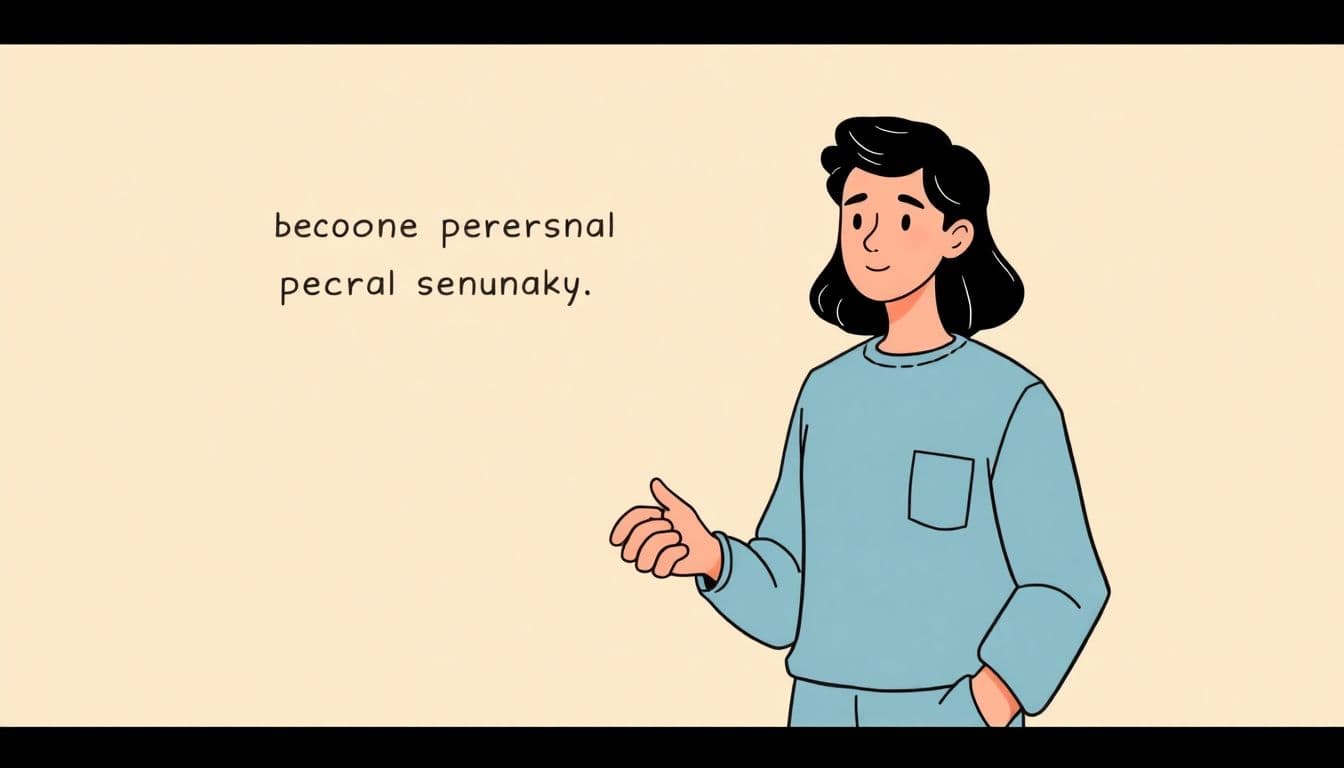Table of Contents
If you’re selling print books through Amazon KDP, you’ve probably wondered how much you’ll earn in royalties. Sometimes, the rules can seem confusing, especially with changes happening in 2025. Don’t worry—we’re here to make sense of it all, so you stay in control of your income.
Stick around, and I’ll show you how to figure out your royalties and adjust your pricing to keep earning. Plus, I’ll share quick steps you can take now to protect your earnings from any upcoming changes.
In the next few minutes, you’ll get a clear picture of Amazon KDP royalties in 2025 and what you can do to make sure your print books stay profitable.
Key Takeaways
Key Takeaways
- Starting June 2025, Amazon KDP reduced print book royalties from 60% to 50% for books priced below certain regional thresholds. Books priced at $9.99 or above still earn 60%. To earn more per sale, price your books just above the threshold, usually over $9.99.
- Use the new rules to adjust your prices smartly. Raising prices slightly above threshold points boosts your royalties without dramatically affecting sales. Regularly review and test different price points to find what works best.
- Different genres and formats are affected differently. Higher-priced genres like technical or educational books generally stay above thresholds and earn more. Lower-priced genres may need strategic pricing to avoid earning less.
- Pricing for expanded distribution and digital books operate separately. Lower royalty rates for distribution mean prices should be set carefully to balance sales volume and earnings.
- Avoid common mistakes like underpricing to chase volume or overpricing and losing sales. Keep prices aligned with Amazon's thresholds, and adjust regularly based on market and sales data to stay profitable.

As of June 10, 2025, Amazon has made notable updates to its KDP royalty structure, especially affecting print books. Now, paperback and hardcover authors earn 50% of the list price minus printing costs if their book is priced below certain regional thresholds. Previously, the standard royalty rate was 60%, but this change means authors need to revisit their pricing strategies to maximize earnings.
For books priced at or above $9.99 USD (or the equivalent in other currencies), the royalty rate stays at 60%. Understanding how Amazon calculates royalties involves paying attention to these thresholds because it directly impacts income per sale.
When selling a paperback, the basic calculation is straightforward: Royalty = (Royalty rate × List price) – Printing costs. For example, if you sell a $15 paperback with a $5 printing cost, at 60% royalty, you'll earn (0.60 × $15) – $5 = $4.00 per sale. If priced below the threshold, your royalty drops to 50%, so the earnings for the same book would be (0.50 × $15) – $5 = $2.50.
This adjustment aims to balance printing costs with the new royalty thresholds, but it emphasizes the importance of strategic pricing. Setting your book's price just above the $9.99 mark can help you maintain higher royalty rates, ensuring you get more from each sale.
Another key point is that these rules apply across all Amazon marketplaces, meaning authors selling internationally need to consider regional thresholds. Be sure to compare your prices with the regional thresholds to avoid unintentionally earning lower royalties.
Authors should also keep an eye on expanded distribution options, which typically pay a lower royalty—around 40% of the list price minus printing costs—so pricing becomes even more crucial if you want to maximize earnings from broader sales channels.
To stay ahead, regularly review Amazon’s latest tips for increasing book sales and royalties and adjust your prices accordingly. This way, you can keep your earnings on the rise despite the shifting royalty landscape.

How the New Royalty Thresholds Affect Pricing and Profit Margins
The main change in 2025 is that books priced below regional thresholds now earn a lower royalty, which pushes authors to re-evaluate their pricing strategies.
If your paperback or hardcover is priced slightly above the threshold—say, $10.00 or more—you’ll maintain the higher 60% royalty instead of 50%.
For example, in the US, books priced at $9.98 or less earn 50%, meaning sellers need to consider raising prices just above that point to boost their earnings.
Be aware that raising your price isn't always easy and may impact sales volume, but knowing where the thresholds are gives you an advantage.
Test different price points to find the balance between attractive pricing and maximum royalties, especially if your genre allows some flexibility.
Use Amazon’s (https://automateed.com/royalty-calculator) to simulate different scenarios and see how small adjustments can make a big difference in your net income.
Strategies to Optimize Your Book Pricing Under the New Rules
Start by reviewing your current prices and compare them to regional thresholds.
If your book is priced just below the threshold, consider increasing it slightly to cross over to the higher royalty bracket.
Sometimes a penny or two above the threshold can significantly boost what you earn per sale without deterring buyers.
Keep in mind, higher prices can reduce sales if your target audience is price-sensitive—so test your market before making big jumps.
Implement tiered pricing: for example, offer promotional discounts when needed but maintain a higher regular price that qualifies for 60% royalties.
Don’t forget to adjust prices for different marketplaces; what works in the US may not be ideal elsewhere.
Use promotional periods to run special deals and gauge how price changes influence sales and royalties over time.
Impact of Royalty Changes on Different Book Genres and Formats
The new rules affect certain genres more than others, especially niche or premium-priced genres.
For instance, technical and educational books often sell at higher prices, helping authors stay above the threshold more easily.
On the other hand, lower-priced genres like short stories, poetry, or cheap fiction may struggle with reduced earnings if priced below thresholds.
Hardcover books, which tend to be priced higher, generally retain the 60% rate more often, especially in markets like the US where thresholds are higher.
Romance, mystery, and other popular genres with fast turnover might need to revise their pricing strategies to remain profitable.
Authors who publish low-content books, such as journals or planners, also need to carefully consider pricing around the thresholds to maximize royalties.
Ultimately, knowing how these changes impact each format helps you decide where to focus your efforts for the best return.
How to Adjust Your Royalties for Kindle and Expanded Distribution
While Kindle ebooks aren't affected by these print royalty changes, their royalty structure remains at 70% or 35%, depending on how you set the price.
For expanded distribution, the royalty drops to around 40%, and your pricing should reflect that lower rate to avoid undervaluing your work.
Pricing for expanded distribution should be set carefully; a higher list price can help offset the lower royalty percentage while still earning decent income.
Remember, if your physical book's price is close to the threshold, consider adjusting ebook or distribution prices accordingly.
Use Amazon’s (https://automateed.com/how-to-get-a-book-published-without-an-agent/) program to potentially reach more readers without sacrificing your royalty rate globally.
Testing different list prices across channels can help you find the sweet spot that maximizes overall earnings from both print and digital sales.
Common Mistakes to Avoid When Pricing in 2025
Avoid pricing your book too low just to gain volume; while it might increase sales, your net income could suffer due to lower royalties.
Conversely, setting prices too high might restrict sales, especially in competitive genres or for new authors trying to build a readership.
Don’t forget to update your prices regularly to stay aligned with Amazon's thresholds and market trends.
Be cautious about relying solely on discounts—price segmentation and strategic promotions work better than frequent markdowns.
Test different pricing strategies and monitor how they influence your sales and royalties over time.
Stay clear of constant underpricing in hopes of outselling the competition; focus instead on value and positioning.
Always check the latest Amazon (https://automateed.com/page-publishing-cost) and ensure your prices fit within their guidelines to avoid any surprises.
FAQs
Amazon KDP royalties are the earnings authors receive based on book sales. They are calculated as a percentage of the list price or the set rate for print books, considering various factors like book type and pricing in 2025.
In 2025, Amazon offers a 60% royalty rate on list prices for print books for sales through Amazon, but this varies for different territories and formats. Check specific rates based on your book's details for precise earnings.
For print books, royalties are based on the royalty rate times the net sales price after printing costs and discounts. Use Amazon’s royalty calculators and consider your book's list price and production costs for accurate results.
Set competitive prices that maximize royalty rates without making books too expensive. Consider discounts, limited-time offers, and audience preferences to boost sales and income in 2025.



